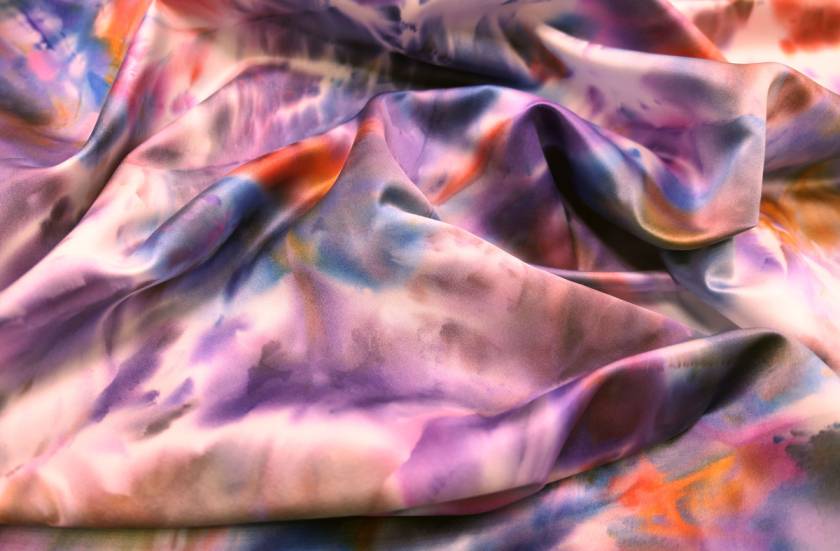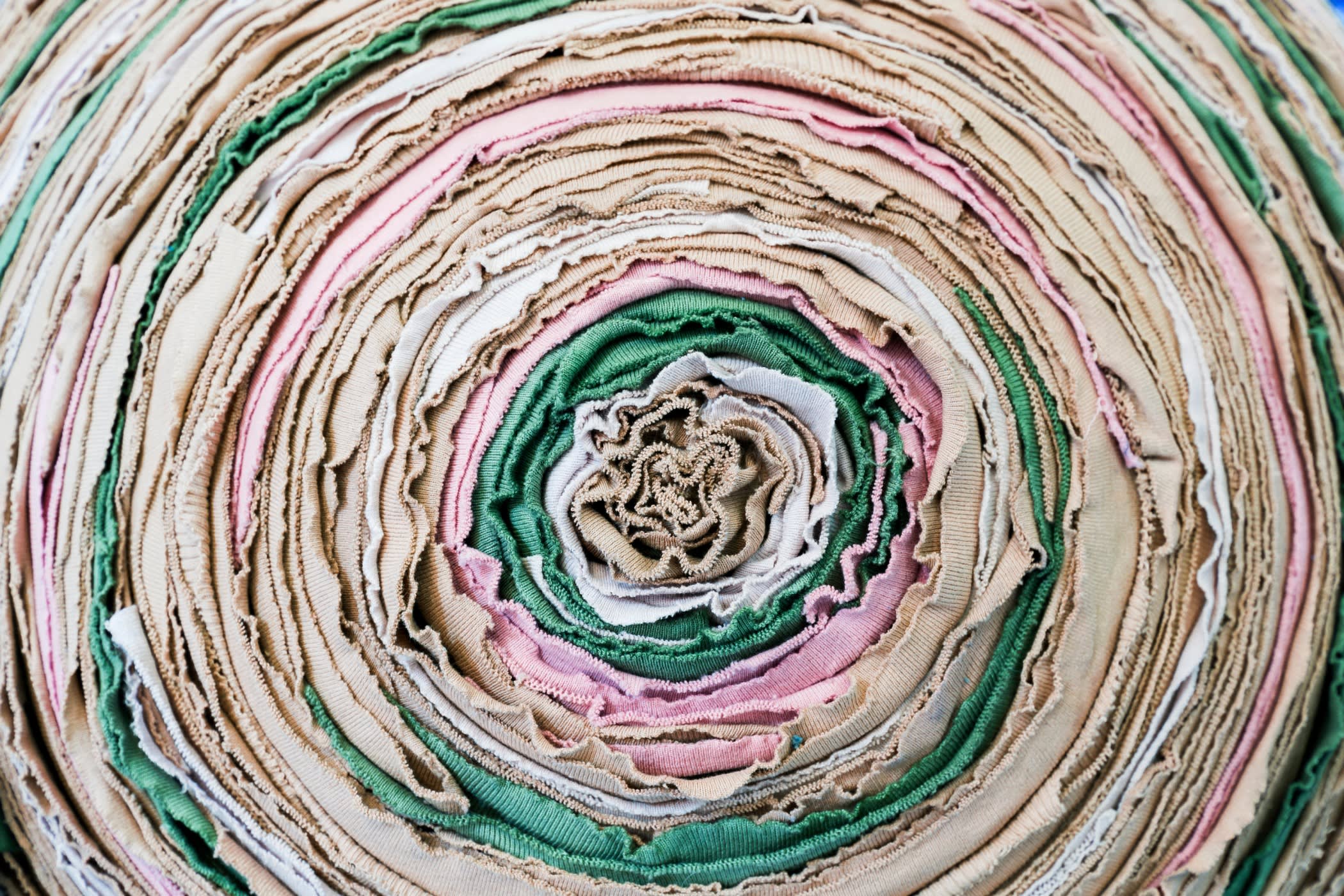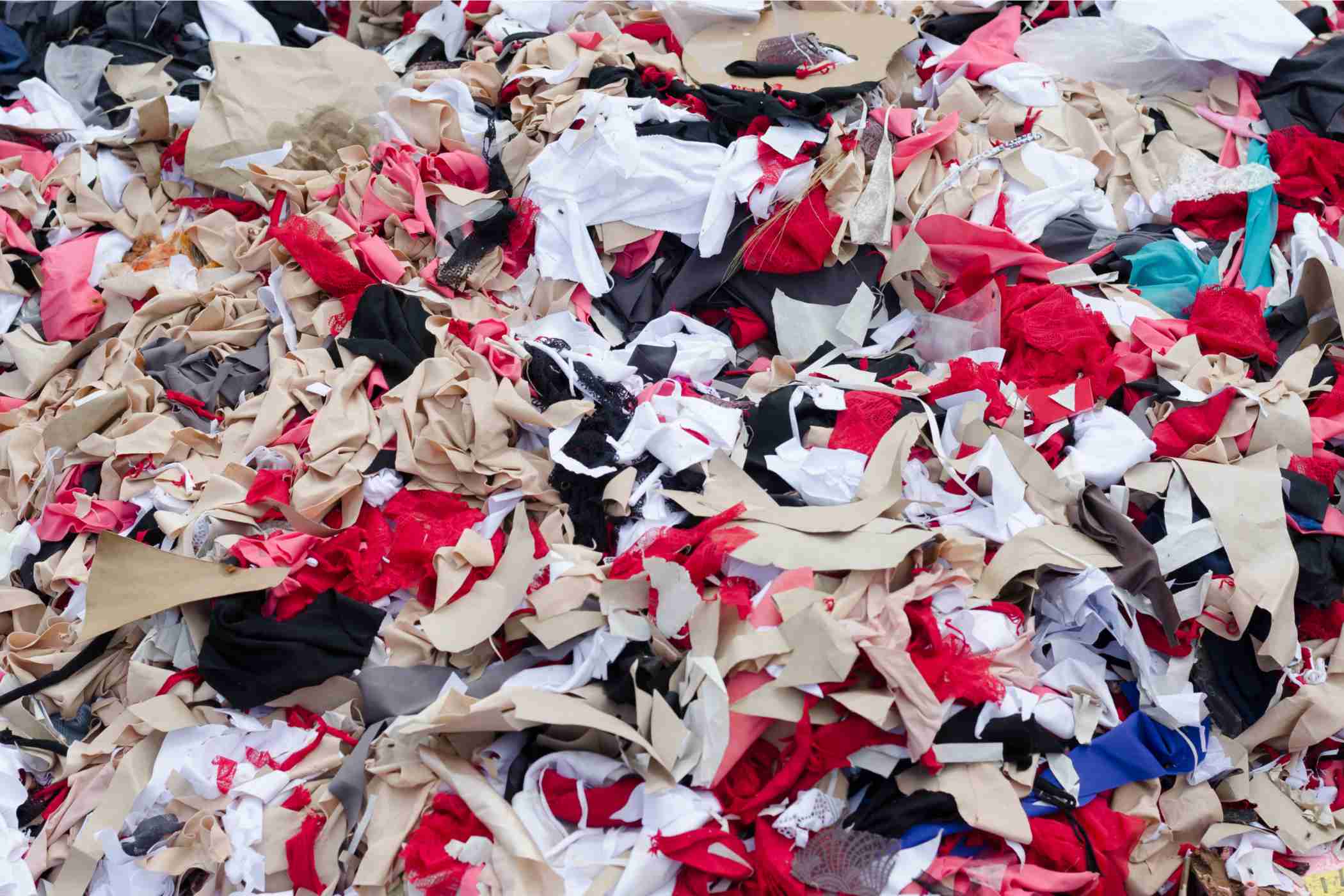Polyester: Origin, Composition, Uses, Major Exporters, and Sustainability



| Fabric | Polyester |
| Types | Ethylene Polyester, Plant-Based Polyester, and PCDT Polyester |
| Major Producer | China, Japan, Taiwan, Korea and India |
| Used For | Shirts, Pants, Dresses, Jackets, Blankets, Hats, Hoodies, Sheets and Upholstery |
| Thread Count | 200-1000 |
| Breathability | High |
The apparel industry has evolved through ages in response to various requirements of people. The 21st Century has experienced a remarkable increase in demand with fast fashion becoming the norm of the day. While comfort remains a primary requirement, consumers also love to experiment with attires that complement their self-expression. To understand the way the apparel industry functions today, it is important to understand a few basic things about fast fashion.
Polyester and Fast Fashion

Fast fashion is a business model where we see high fashion trends being replicated and produced in bulk, with the use of the latest means of technology and resources. The trends literally change every week and the brands need to keep up. Such large scale production has led to specialization of skills, which in turn has increased the efficiency in the production process. The final products are available in the market at affordable prices, making it widely popular among people.
If we can understand the nature and production patterns of the fast fashion industry, it becomes easier to understand why polyester is used as a chief fabric today. Derived from fossil fuels and organic resources, polyester is really a much coveted fabric that is both adaptive and suitable for such a fast growing fashion industry.
Polyester composition
Polyester or polyethylene terephthalate is derived from a chemical reaction that involves petroleum, air, and water. It is an artificial synthetic fibre that is composed of terephthalic acid (PTA) and monoethylene glycol (MEG). There are basic types of polyester fabrics like Ethylene Polyester, Plant-Based Polyester, and PCDT Polyester. While Ethylene Polyester is the most popular one in the market, Plant-Based Polyester is the biodegradable one. PCDT Polyester is great for making curtains or upholstery owing to its elastic properties.
What makes polyester a popular choice?

Polyester fabric has many advantages over other fabrics. First of all, it is thermoplastic which enables a degree of recycling or reformation. Secondly, it is water resistant but it does absorb oil. This quality makes polyester a perfect fabric for the application of water, soil, and fire resistant finishes.
As a fabric for an attire, it is highly breathable, hence comfort can be assured. Due to its low rate of absorbency, it is also resistant to stains. While the stretchability of the fabric is medium, the best thing is that it is preshrunk in the finishing process due to which the fabric resists further shrinking and will never go out of shape. When blended with cotton, the shrinkage, durability and wicking properties improve. Also, it is easy to wash at any temperature and dries quickly.
A quick glimpse into the origin of polyester
The earliest research on synthetic fabrics can be traced back to the study of E.I. du Pont de Nemours and Co. in the United States of America, in 1926. The outcome of such studies was the discovery of nylon, the very first synthetic fibre. Later, the studies of du Pont were carried forward by the British chemists in 1939-41 in the laboratories of Calico Printers Association Ltd., resulting in the production of polyester. In England, they called it Terylene.
However, the epicenter of marketing polyester is the United States since they purchased the right to produce polyester fiber and began marketing it under the name of Dacron after further developmental research.
Leading Polyester Exporters
At present China is the largest producer of polyester. The history of maintaining a high processing technology in textile industries in China has provided a stable ground for both consumption and production of synthetic fabrics. India too has currently witnessed a growth in polyester industries. Asia-Pacific region happens to have the maximum contribution to the global consumption of the material. Among these regions, China and India prove to be leaders in demand. Taiwan, Korea and Japan too are other producers. On the other hand European countries have been dominating the sales market recently.
Best uses for polyester

Polyester is mostly used in attires like shirts, dresses, lingerie, socks, upholstery, and so on. Many athletic wear too are nowadays made of polyester fabrics. However, there is a rising concern over waste generation that polyesters are responsible for. Production and disposal of the fabric has led to harmful negative effects on the environment. Most of the polyester fabrics used are cheap and not biodegradable. It has proved exhaustive on the fossil fuels which are non-renewable sources of energy. The extraction process that involves refining of petroleum is not only wasteful but also releases toxins into the environment, while the workers are exposed to toxins too.
Ethical Polyester
There are certain cultural and ethical concerns too. Many opine that the advent of cheap and disposable clothing has overshadowed the traditional and organic fabrics which are eco friendly. It is argued that ethical clothing is taken off the market owing to the vast variety and cheap cost of attires made of polyester fabrics. Also, once the trend for a particular style fades, it leads to the accumulation of deadstock which end up as non-biodegradable waste.
In this context it should be noted that the recyclable nature of the polyester fabrics remains to be explored. The fast fashion industry should encourage the use of Plant-Based Polyester or polyester which is certified for recycling. Sustainability certificates like OEKO-TEX offers its Standard 100 certification for certain polyester textiles, and the Global Recycle Standard (GRS) certifies recycled polyester as genuine. Watching out for such certification can help with the environmental impact of polyester.



















